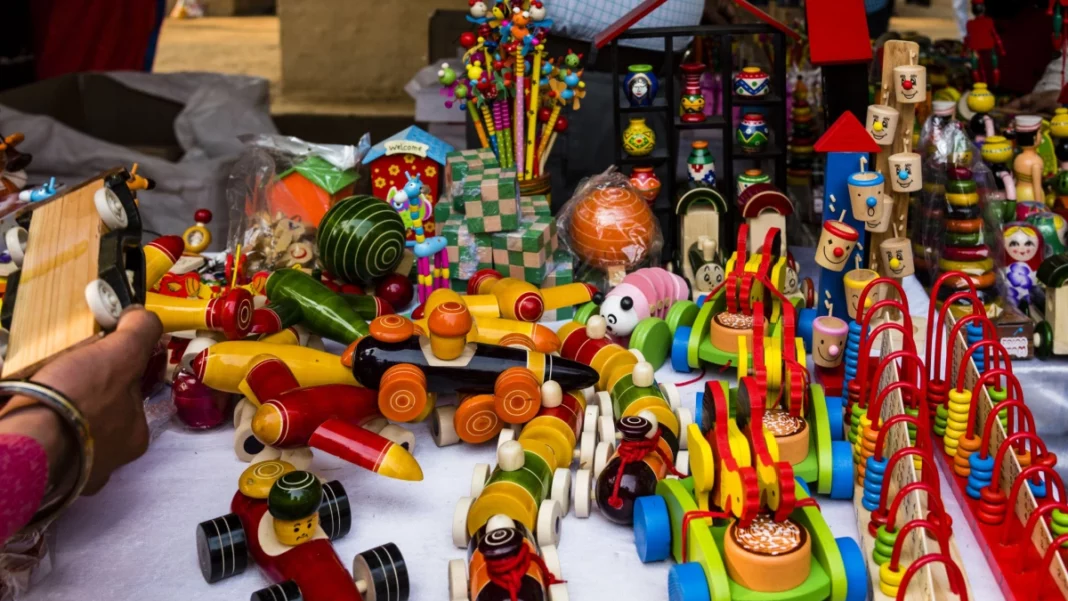Barbie and Legos are out! Spinners, Vikram Betal puzzles, and other toys with a domestic theme are finding their way into the homes of Indian children.
Toy imports have decreased in some markets and within the harmonised system or HS, codes (the tariff nomenclature, an internationally standardised system of names and numbers to categorise traded goods), thanks to a 2021 central government mandate around high-quality certification for this industry. The mandate of the Centre also spurred a wave of innovation among manufacturers of desi toys, with some now releasing goods that reflect Indian tradition and common themes from various regions of India.
What are Some of Our Local Indian Games?
Market giants like Funskool and Hasbro focus on adding more local flavour to their toys and video games selection. Likewise, many firms are emerging in the market that produces toys using eco-friendly Indian materials inspired by the country’s tradition. As new generation parents look for ways to elevate playtime, products like Janmashtami collections, Ramayana sets, and board games based on different Indian folktales are flying off the shelves.
According to Funskool India CEO R Jeswant, traditional Indian video games have fared better than expected. According to him, traditional games can be profitable because there are enough consumers to buy them.
The concept of natural play and unstructured play among children is gaining ground, according to Meeta Sharma, founder of Shumee Toys, a sustainable new age toy manufacturer.
When introducing new toys and games, nostalgia is a crucial component. Many of us grew up playing these games and want to provide our children with the same experience in their language. According to Hasbro India Commercial Director Lalit Parmar, these games are entirely produced in India, which helps our domestic sourcing and production.
While India has traditionally had a sizable potential market for toys, Sharad Kapoor, general secretary of the Toy Association of India and managing director of Delhi-based Kreative Kids International, claimed that producers are now creating more regionally specific collections.
Market of Made-In-India Toys
- As a global leader in plush toys, India produces 8 percent of the world’s polyester and related fibres.
- Compared to the global average of 5%, the domestic toy market is expected to develop at a rate of 10-15%.
- By 2024, India’s toy market could increase to $2–3 billion.
- India exported $130 million worth of toys in 2019–2020, with the US and the UK as its top two markets.
- The industry is fragmented, with 4,000 toy industry units coming from the MSME sector and 90% of the market being unorganised.
To accommodate the rising domestic and global demand, manufacturers are expanding their production capacity to take advantage of the clear, unique point “made-in-India” toys now have in home markets.
According to data from the Ministry of Commerce & Industry, toy imports into India dropped significantly from $304 million in 2018–19 to $36 million in 2021–22.
However, it added, exports rose from $109 million in 2018–19 to $177 million in 2021–22.
According to the industry, the sector is expanding internationally as producers look for new markets and boost exports to Middle Eastern and African nations.
Also Read: One of the Emerging Marketing Trends in the Current Market – Corporate Social Responsibility


